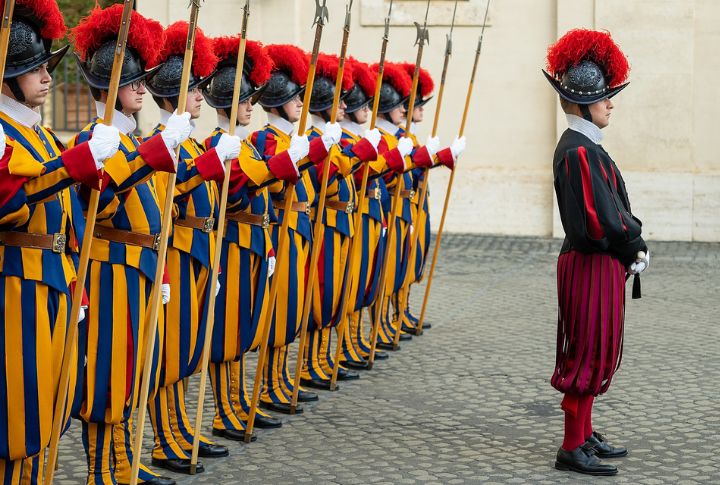
Not every military force fits the mold. Some were built around strange ideas, others around stranger needs. Think specialized skills or bold experiments. A few were responses to problems no one saw coming, shaped more by circumstance than strategy. They didn’t follow the usual blueprint, and that’s what makes them stand out. Here’s a look at ten armed units that rewrote the rules in their own way.
The 10,000 Immortals

This elite Persian force earned its name from consistency. Whenever a soldier fell, another replaced him immediately, keeping numbers fixed at 10,000. Serving under the Achaemenid Empire, they were both bodyguards and shock troops. Their discipline and loyalty made them a symbol of Persian military power.
Pontifical Swiss Guard
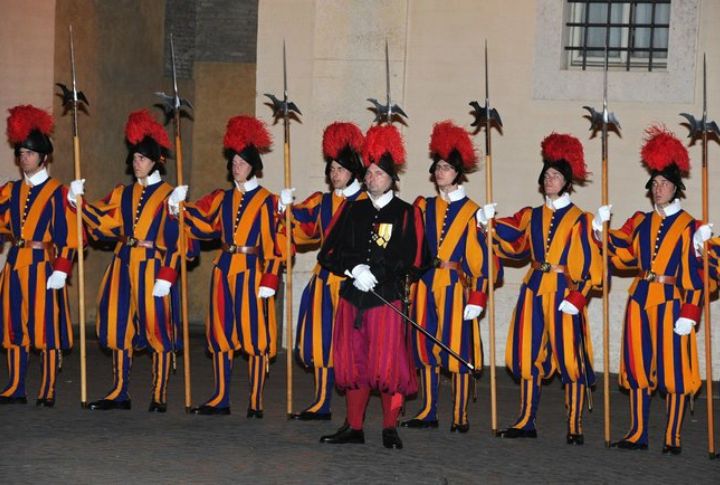
It might look like pageantry, but those colorful uniforms belong to one of the oldest active military units in the world. Formed in 1506, the Swiss Guard protects the Pope and Vatican City. Each guard trains extensively and must meet strict Swiss nationality and Catholic faith requirements.
Norse Berserkers
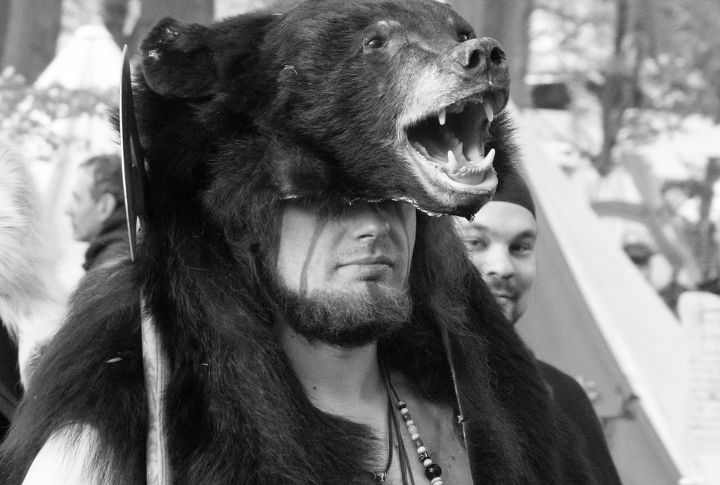
Not all ancient warriors followed commands in formation. Norse berserkers fought in intense, trance-like states that set them apart from regular troops. Covered in animal skins, they were thought to draw strength from wild spirits. Their role in Viking battles made them both feared assets and unpredictable forces in early Scandinavian warfare.
The Ghost Army
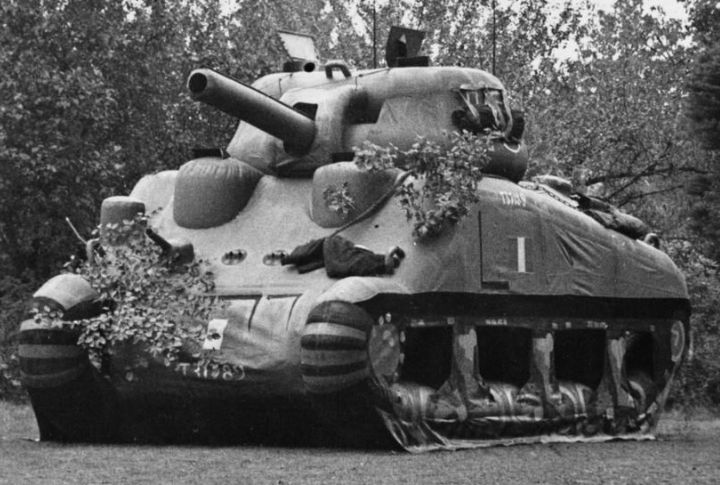
Visual deception became a military weapon during WWII. So, the U.S. Ghost Army used inflatable tanks, sound effects, and fake radio signals to mimic large troop formations. Made up of artists and engineers, the unit misled German forces in critical battles and remained classified until the 1990s.
The Potsdam Giants
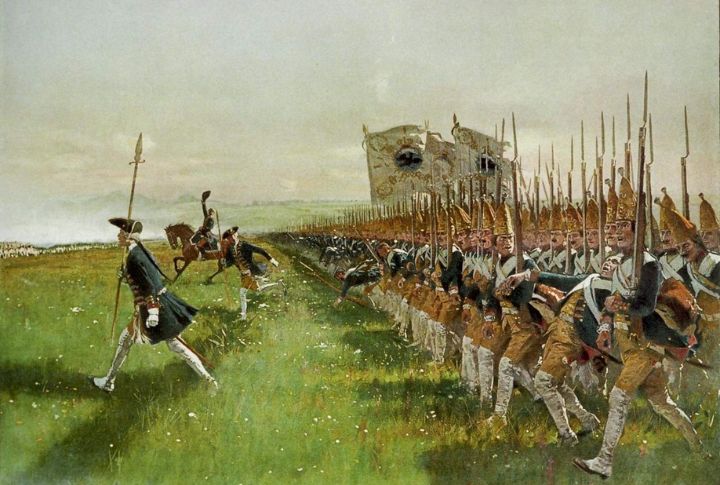
In 18th-century Prussia, King Frederick William I created a military unit made up of unusually tall soldiers. Called the Potsdam Giants, they served both symbolic and practical roles. The king even offered rewards for height and arranged pairings to produce taller recruits, turning this force into a personal and political project.
The Z Special Unit
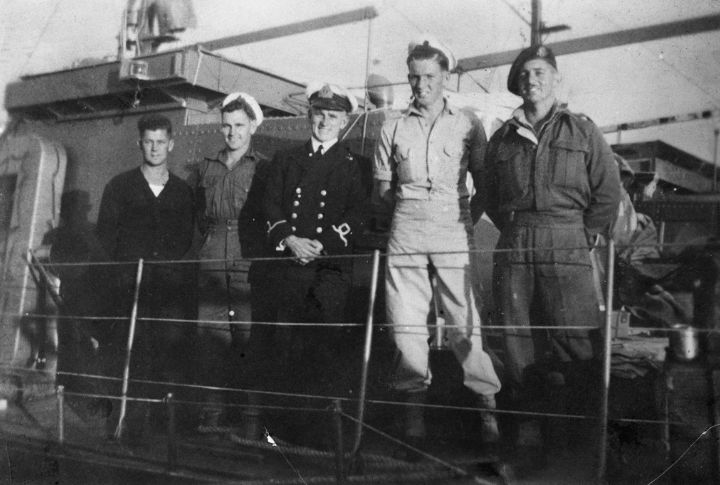
Formed during WWII, this Australian-British commando group operated in absolute secrecy. Z Special Unit specialized in reconnaissance and sabotage missions behind Japanese lines in Southeast Asia. Their unconventional tactics—like folding canoes and disguises—helped gather intelligence and conduct raids where traditional troops couldn’t go.
The Camel Corps

Moving supplies across the dry, rugged Southwest wasn’t easy in the 1850s. So, the U.S. Army tried something different—camels. The Camel Corps was formed to test their use in military transport. It worked for a while, but the Civil War ended the experiment before it fully took hold.
The War Pigeons Brigade
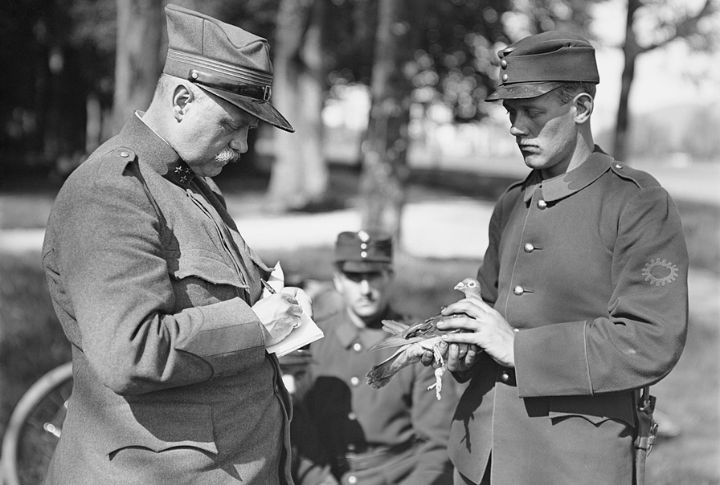
Before digital comms, pigeons carried battlefield messages through skies thick with gunfire. Used in both World Wars, trained pigeons had an impressive delivery success rate. Some were decorated for bravery, including one who saved nearly 200 soldiers by delivering a message despite being shot and injured mid-flight.
Night Witches
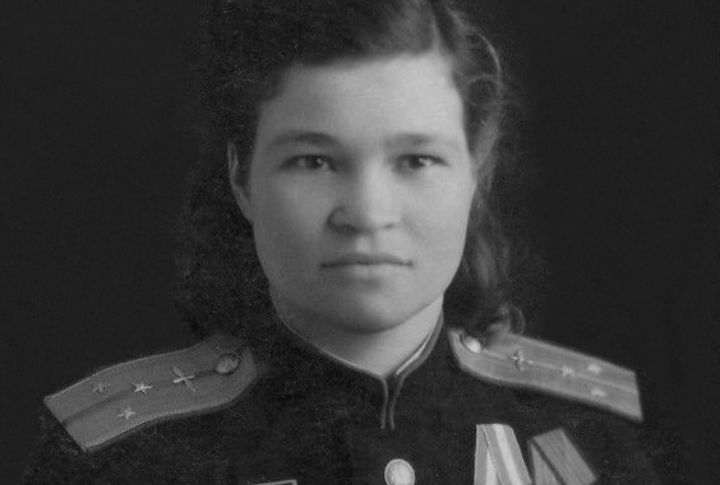
During WWII, a Soviet all-female bomber regiment flew silent night missions in outdated biplanes. Nicknamed “Night Witches” by German forces, they would glide in with engines off just before releasing bombs—making it nearly impossible to hear them coming. Their timing, accuracy, and nerves made them a tactical nightmare.
The Red Team
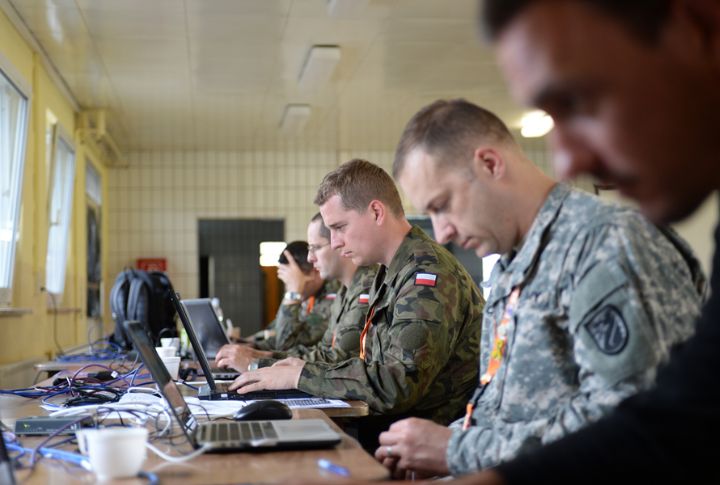
Training exercises also need an enemy, and that’s where the U.S. military’s Red Team comes in. This unit is designed to act like potential adversaries, exposing weaknesses in American defense strategies. Their insights help reshape protocols, which make them critical opponents in simulated war, not real ones.

